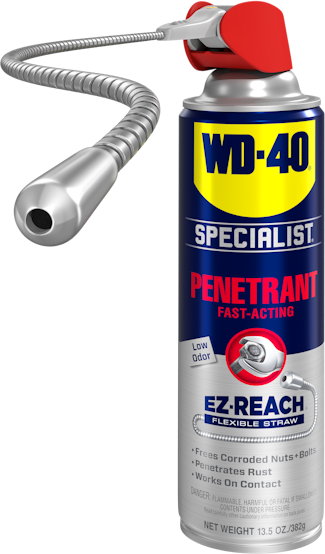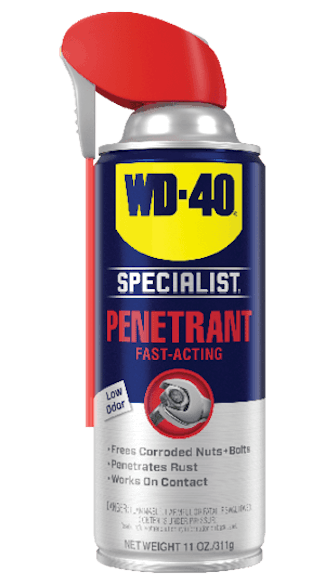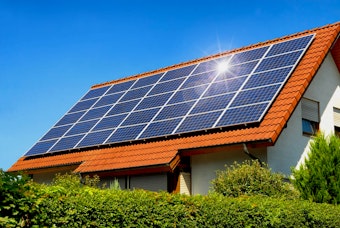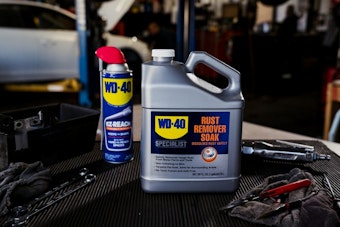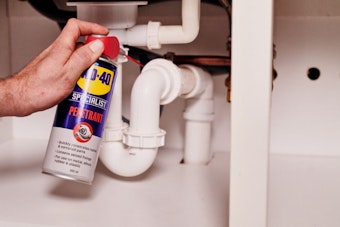What to Know about Water Heaters
What to Know about Water Heaters
<< BackOf all the modern conveniences around the house, the ability to call upon hot water on demand is one that would be sorely missed if disrupted. Bathing, showering, washing dishes, and laundry are essential for a sanitary homelife. Water heaters are appliances that we often take for granted – once purchased and installed, they are rarely considered unless something goes wrong. While built to last for years on end, at some point these devices can begin to wear down or lose their function entirely. Replacing water heaters can be quite expensive, so tune in to this week’s blog to learn what to know and how to care for these appliances to uphold the comfort and cleanliness of your home.
Types of Water Heaters
First things first, water heaters come in three primary varieties: ones with conventional storage tanks, tankless heaters, and hybrid models.
Conventional Storage Tank
Common among many households, these units have an insulated tank with capacities ranging from 20 to 80 gallons. The energy source heating the water can be electric, gas, propane, or oil, making them a versatile option for many homes. The tank holds water and has a thermostat which signals the heating element to turn on when the temperature dips below a set number. If the capacity is enough to meet the demand of the household, hot water is generally always available – barring the presence of adolescents who take extremely long showers. Smaller tanks may be depleted and require a bit of time to heat water to the desired temperature. Conventional appliances of this nature generally use more energy than other varieties, with some exceptions, and cost about $300-$2,500 for a new unit (depending on size and energy source).
Tankless Water Heater
Tankless or “on-demand water heaters” make use of heating coils to pump hot water to showers & faucets when you need it rather than storing heated water in a tank. On-demand water systems generally save on cost and annual energy expenditure in comparison to conventional tanks that require round-the-clock heating upkeep. The heaters can be gas or electric, although natural gas tanks often provide a greater flow of hot water. Households that consistently require multiple sources of hot water at the same time, such as with multiple showers operating simultaneously, might exceed the output of a single tankless heater. Units typically move between two and five gallons per minute. For regular uses of larger amounts of hot water, a second heater may be recommended. These systems generally run between $1,000 and $3,000 (with a $500 installation fee).
Hybrid Water Heater
For those who wish to have it all, hybrid water heaters combine the storage capacity of conventional tanks with the energy efficiency of tankless water heaters. The electric heat pump used by hybrid units compresses cool air from the outside into the storage tank with greater efficiency than most conventional heaters, leading to lower energy bills and better hot water reserves than tankless systems. They are larger than both conventional and tankless systems however, and do not fit in tight spaces easily. They also work less effectively in cooler climates. Units cost between $1,200 and $2,000 (with a $500 installation fee) and save approximately $300-400 per year on electricity bills compared to conventional units.
Water Heater Maintenance
For those engaged in the never-ending battles of household maintenance, “preparation is the better part of valor” holds just as true with water heaters as all the rest. While these units are made to be durable and last for 10 years or more, a bit of yearly maintenance will allow them to live their fully expected lifespan (or more). A word of caution: water heaters – especially electric models – possess delicate parts and carry certain risks. Hiring licensed professionals is a great option if you’re on the fence about maintaining your water heater yourself.
Conventional Storage Tanks
10-12 expected lifespan with regular maintenance. Consult the owner’s manual for specific instructions and model requirements.
Drain the tank once per year. Turn the power is off, close the incoming cold water valve, and connect a (separate) hose to the drain valve. Ensure the drain hose goes to a safe area. Release the pressure valve and drain valve at the same time and watch for sediment and debris in the draining water. Turn on all hot water faucets & showers in the house and the cold water valve of the tank. Continue draining until the hose water runs clear. Return the tank to it’s original configuration and turn on the power again. Contact the appliance manufacturer or a professional with any problems or questions.
Tankless Water Heaters
15-20 year expected lifespan with regular maintenance. Consult the owner’s manual for specific instructions and model requirements.
Of prime concern for tankless water heaters are the deposits and accumulation of minerals on the heating chamber and its coils. These deposits reduce efficiency and impact the lifespan of the system. When attempting to remove mineral deposits, begin by switching off the power. Unfasten and remove the unit’s lid and switch off the cold and hot water valves so that water does not flow in or out of the appliance during the maintenance process. Find the purge port caps on the water valves and remove them to release any remaining pressure in the system. Attach the drain hoses that that came with your water heater (or use suitable replacements), have the ends going to a bucket or catchment, and open the purge ports.
Use white vinegar (2-3 gallons) to clean the inside of the heating chamber, then flush and drain the chamber (specific directions can be found in the user’s manual). Close the purge valves and replace the caps. If the unit has a filter, remove it and cleanse any sediment it contains with running water then reattach it to the unit. Return the unit to the original configuration and check the user’s manual for any special instructions before returning power to the heater. Once operational, run the house’s hot water faucets for a few minutes until any air is flushed from the pipes.
Hybrid Water Heaters
As one may expect, maintenance for hybrid units combines elements from conventional and tankless heaters. Storage tanks should be drained and cleaned regularly (1x year) and air filters should be cleaned at the same time. Reference the user’s manual for specific instructions.
Pro Tip: Any rusted or stuck valves on water heaters shouldn’t be forced with brute strength. Use WD-40® Specialist® Penetrant to loosen any valves stuck with rust or corrosion – the formula also leaves behind a protective layer to prevent future formations.
FEATURED PRODUCTS
WANT TO GET MORE TIPS AND TRICKS?
SUBSCRIBE TO THE NEWSLETTER
